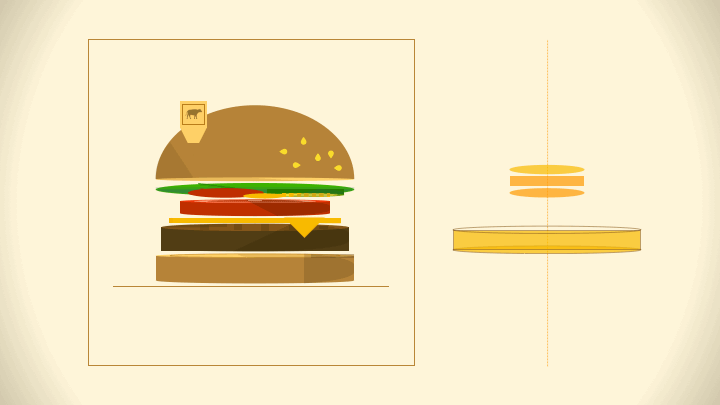100 Interesting Things: 16-20: Love Letters & Science Fiction
This post is part of a series I started after reading “Notice, Collect, Share” by Russell Davies. I’m more inspired than ever to get back into the habit of…noticing, collecting and sharing. As part of that return to habit I’m going to try and find five things that interest me every week, and share them here on my blog. 5 things per week, for 20 weeks, equals 100 Interesting things. Maybe one of these things will inspire you. Maybe one of them will inspire me. We’ll all learn something along the way.
#16 Aisha Hakim has updated her “Art of Deckmaking” deck to include a checklist of what to look out for. It continues to include her ode to decks that still gives me chills every time I read it:
A great deck is a love letter to your clients.
Hell, it’s a love letter to your ideas.
It shows you take pride in them.
It shows your dedication to detail.
Art directors (and everyone!) should put effort into each deck.
No matter how seemingly insignificant the information.
Her deck, along with Russel Davies’ Powerpoint book and The Cloudberry Presentation Cheat Sheet should be shown to every entry-level person at an agency, and then reviewed by everyone on the team every year.
#17 John Scalzi proves once again why he’s an incredible human. The note below from him is such a perfect example of great writing. It takes something boring and mundane, adds his personal style in the first two bullets, then adds in an incredible, unexpected, and perfectly Scalzi twist to end it.
Followers of this blog will know that I’m trying to get better at my own writing, and I’m taking a lot of inspiration from the simplicity and the rhythm of Scalzi’s work. It’s readable because it’s simple.
#18 Rodent Boys are the antidote to Generative AI If you’ve been online at all over the last week then you’ve probably heard the term ‘Rodent Men’ to describe a new crop of star with, uh, a certain type of features. There’s a New York Times article about it
But buried within that article is what I think of as an incredible hypothesis about WHY they’re having their moment:
Stella Bugbee Piping in here with a pretentious theory: Lusting after so-called Rodent Men (a.k.a., not perfect beefcakes) is about a rejection of A.I.
GC Yes, and years of Facetuning and Snapchat filters.
SB Yes! If we are offered fake perfection we will yearn for human imperfections. We want to know that the people we find hot have blood in their veins and were the product of two humans combining their genes. We want to see the vulnerability of an asymmetrical face.
This was done completely in Keynote.
Look at that burger animation. Just look at it. Then go check out what else Martin Gee has been up to in the Keynote sandbox. Where everyone else is using plastic shovels and buckets to make little castles, he’s building empires and spaceships.
He’s obviously good at what he does, which is picking which shows will be winners and which will be losers or worth cancelling. This didn’t come naturally, though - it’s because he spent the early part of his life working at a video store and getting to know all of the tapes they had for rent there. He became a human recommendation engine.
What I like even more is about what he had to say about trying to create content for international audiences:
Interviewer: Are international audiences pushing American audiences to broaden their horizons? That’s an interesting feedback loop.
Ted SaYeah. What it’s pushing is: You don’t have to adapt your storytelling to America to work. If your movie, if your film works, if your TV series works in the home country, it’s got to be very authentic. And I think what international audiences pick up on is that authenticity. When you try to engineer something to travel, it really appeals to no one. I can’t think of anything that we’ve done that has been engineered to travel that actually did travel.
There’s an old saying in our industry that says “When you stand for everything, you stand for nothing.”
In the case of entertainment, it means that when you try and create content that you think everyone will like, no one will like it.
We like things with a point of view, even if it isn’t our own.
Netflix’s Plan To Get You To Binge More New York Times Gift Link
I realized that I’ve sourced a lot of my reading material from Threads and The New York times over the last few weeks. Both give me a lot of enjoyment. But it’s a reminder that I need to expand my media diet.
This week’s photo is again taken from NASA”s photo of the day: The Star at the centre is approximately 6,000 light years, and the shapes in the photo are nebulous gas shaped by that star’s winds. Star wind! What a cool concept.






Drones, Sci-Fi, Books, Writing